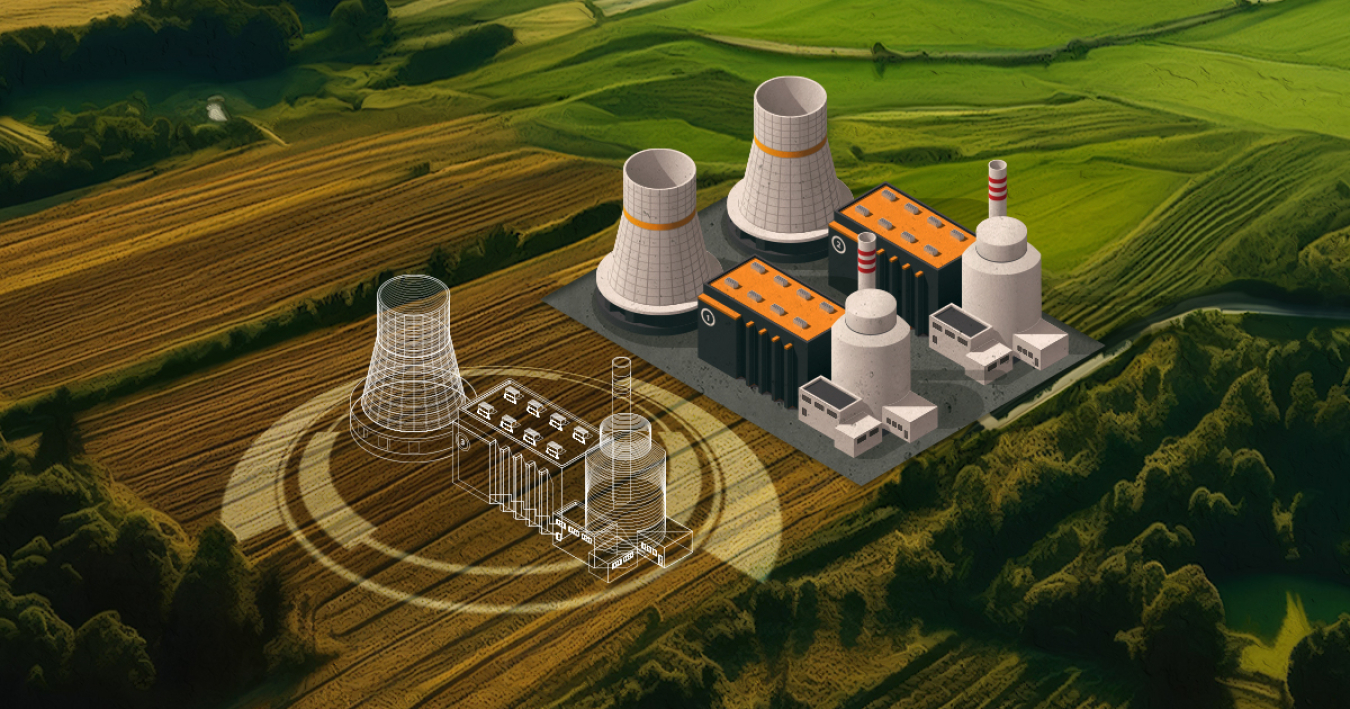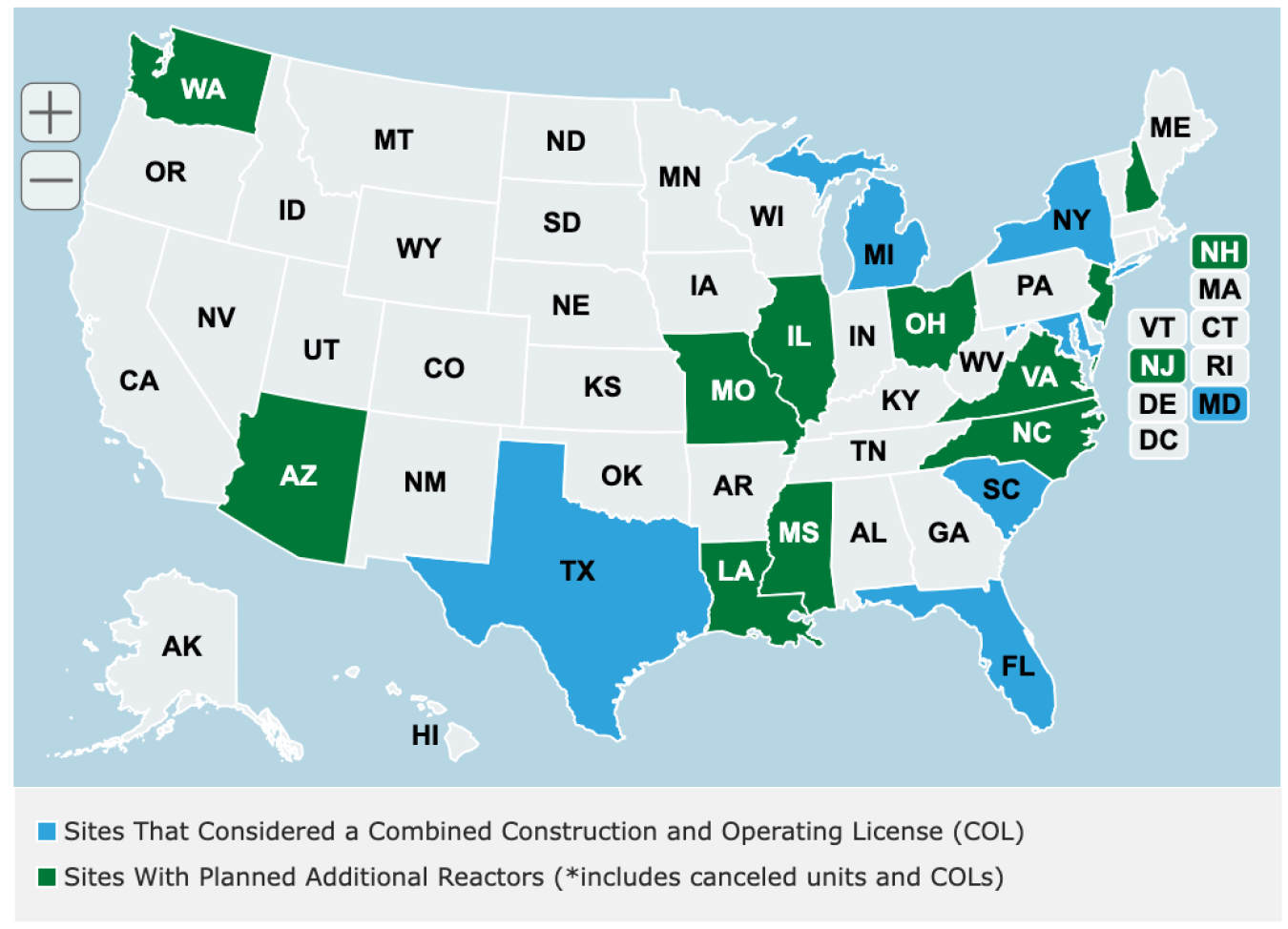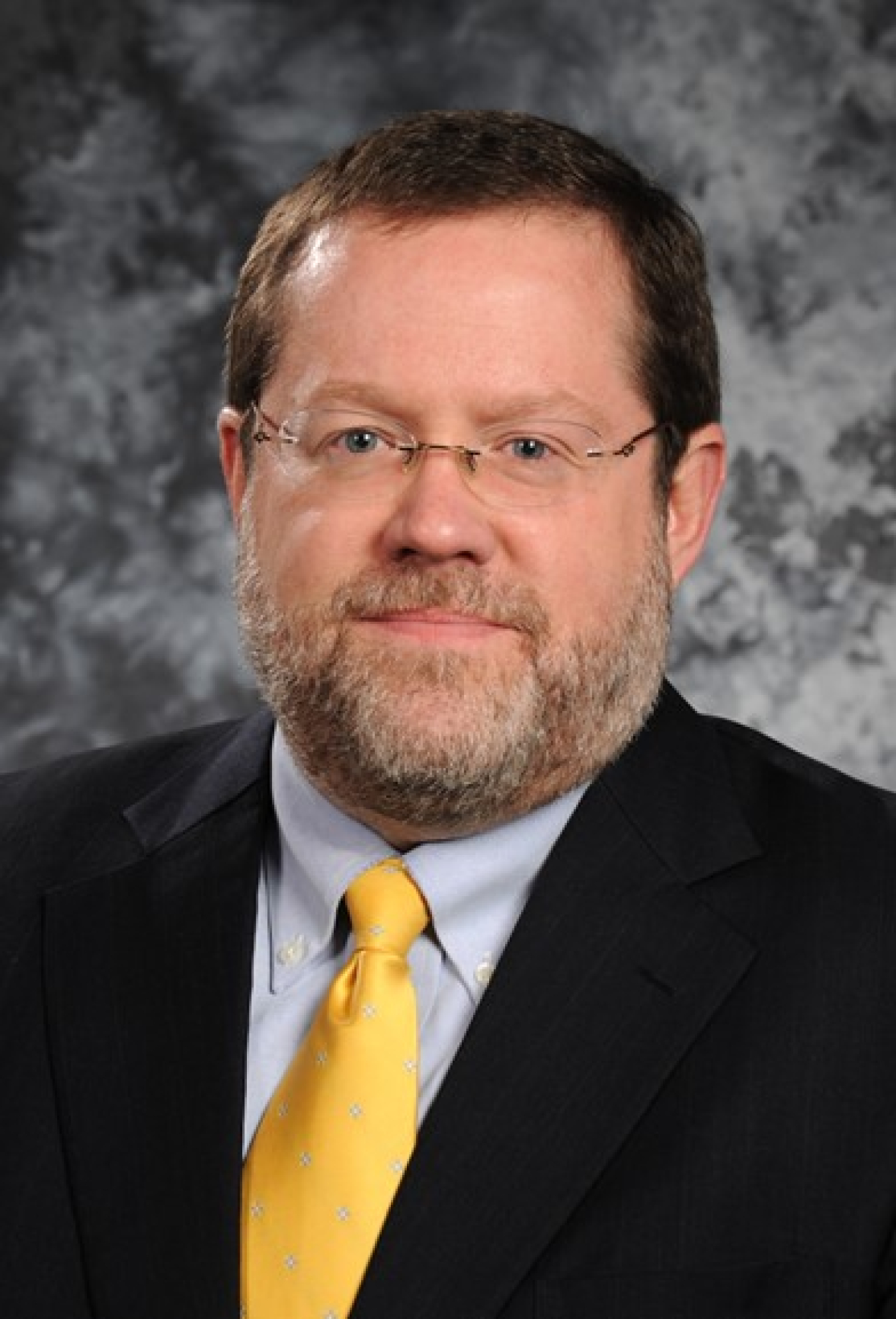A new U.S. Department of Energy report finds more than 60 gigawatts (GW) of new nuclear capacity could potentially be built at operating or recently retired nuclear power plant sites across the country.
September 9, 2024
We’ve all heard the goal of reaching net-zero emissions by 2050—but figuring out how to reach that goal is a complicated task.
Electricity demand is projected to rise over the next decade as more data centers, electric vehicles, and industrial processes search for clean, firm power sources.
The U.S. Department of Energy (DOE) estimates we’ll need about 200 GW of additional nuclear capacity by 2050 to support this demand and a good chunk of that could come from a familiar place.
New preliminary analysis from DOE shows that there’s the potential to install 60 to 95 GW of new capacity at existing and recently retired nuclear power plant sites.
A Closer Look at the Report
The new report examined all 54 operating and 11 recently retired nuclear power plant sites across 31 states.
To estimate the viability of potentially adding new capacity at these locations, researchers looked at the sites’ footprint and acreage, aerial analysis, utility plans, and a siting analysis tool developed by Oak Ridge National Laboratory.
They also considered other factors such as the availability of adequate cooling water, proximity to large population centers or hazardous facilities, along with unacceptable seismic or flood hazards to assess potential deployment options.
Click on the map to see the breakdown of potential sites in each state.
Click on the map to see the breakdown of potential sites in each state.
Leveraging Existing Sites
Early research shows that 41 operating and retired nuclear power plant sites have room to host one or more large light-water reactors, such as the AP1000 reactors recently built at Vogtle in Georgia.
This would create an additional 60 GW of new capacity!
That number could grow to 95 GW if you look at sites that can potentially host smaller, advanced reactors of 600 MW.
These locations would be ideal places to start building new reactors.
Studies show a majority of people who live by nearby power plants already agree that nuclear energy is a good neighbor.
They provide wages that are typically 30% higher than the local average and tax revenue that can be used to improve local schools, roads, and bridges — making the case for nuclear even stronger in these areas.

Speeding Up the Licensing Process
Researchers also looked at sites with operating nuclear power plants where companies have previously engaged with the Nuclear Regulatory Commission (NRC) on licensing for 17 additional reactors.
While these reactors were never built, they were planned to be added to existing sites and could have led to 24 GW of clean energy capacity.
According to the report, the NRC previously issued combined construction and operating licenses (COL) for eight large reactors at five existing sites—meaning they were already carefully characterized, evaluated, and determined to be suitable for operation.
Additional COL applications for nine more reactors were initiated at seven additional sites but were suspended or withdrawn before the NRC completed its review.
This indicates there is a very high degree of confidence that these sites would be potentially suitable to host a reactor.
Taking advantage of licensing engagements could speed up the licensing process and save time and money for new builds.
Dr. Michael Goff

Dr. Michael Goff is the Principal Deputy Assistant Secretary for the U.S. Department of Energy’s Office of Nuclear Energy. Prior to joining the office as the PDAS, Dr. Goff was on assignment from Idaho National Laboratory (INL) to the Office of Nuclear Energy, where he was serving his third term as senior advisor to the Assistant Secretary. Dr. Goff also served a multi-year assignment as the assistant director for Nuclear Energy/Senior Policy Advisor in the Office of Science and Technology Policy in the Executive Office of the President. He has held several management and research positions over more than 30 years at INL and Argonne National Laboratory.
Dr. Goff has more than 70 publications related to the nuclear fuel cycle including separations technology, high-level waste development, and safeguards. Dr. Goff has a bachelor's degree of nuclear engineering (1986), a MSNE (1988), and a Ph.D. in nuclear engineering (1991), all from Georgia Tech.

